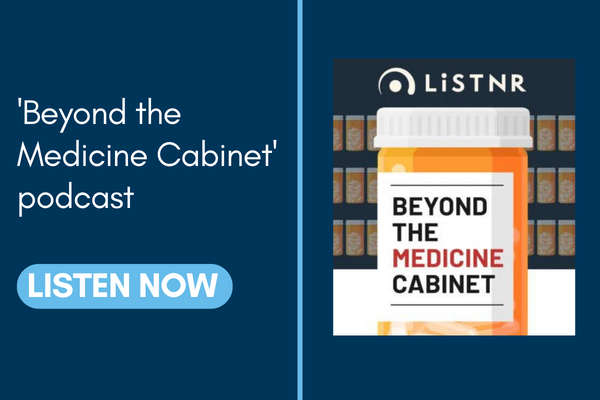LiSTNR podcast series 'Beyond the Medicine Cabinet' talks Cardiac Rehabilitation

Listnr podcast 'Beyond the Medicine Cabinet' host Zoë Callister-Hakewill recently spoke with a Cardiac Rehabilitation Clinician and a patient based in Tasmania who are being helped by Cardihab's digital cardiac rehabilitation solution.
Clinic Nurse Consultant Cardiac Health and Rehab of Launceston General Hospital John Aitken explains that despite Cardiovascular Disease being Australia's biggest killer, the rates of attendance of Cardiac Rehabilitation in Australia are very low at around 20%.
Paul, a Cardiovascular Disease patient was referred by John to Cardihab's digital cardiac rehabilitation program after his second cardiac event, after a 200 day waitlist for a traditional program was considered too long.
Throughout the podcast Paul discusses the benefits of being able to do the program from home and the flexibility of managing program requirements around work/family commitments, as well as having the ability to use the app to intuitively keep track of medications, vital stats, and access educational content and resources as and when required, as being the key benefits to the digital program.
Cardihab CEO Helen Souris speaks about the rapidly changing healthcare landscape and the impact of program's like Cardihab's Cardiac Rehabilitation program.
She highlights that while the modern approach to treating events and procedures associated with Cardiovascular Disease (CVD) means a patient can be in and out of hospital within days, the recovery pathways are decades outdated and in need of reform.
Ms Souris says the goal of Cardihab's digital cardiac rehabilitation program is to provide choice. "If someone really wants to participate in face-to-face rehab then give them that opportunity as they're going to get the most out of that, but for people still working or with family commitments give them the option to do a digital program and complete it from home in a way that fits into their life and is more likely to get outcomes."
The vision is that digital cardiac rehabilitation will liberate the system from the current waitlist bottleneck, and give people access to the care they need when and where they need it.
LISTEN NOW
[embed]https://www.youtube.com/embed/xxmJnYExhM0[/embed]